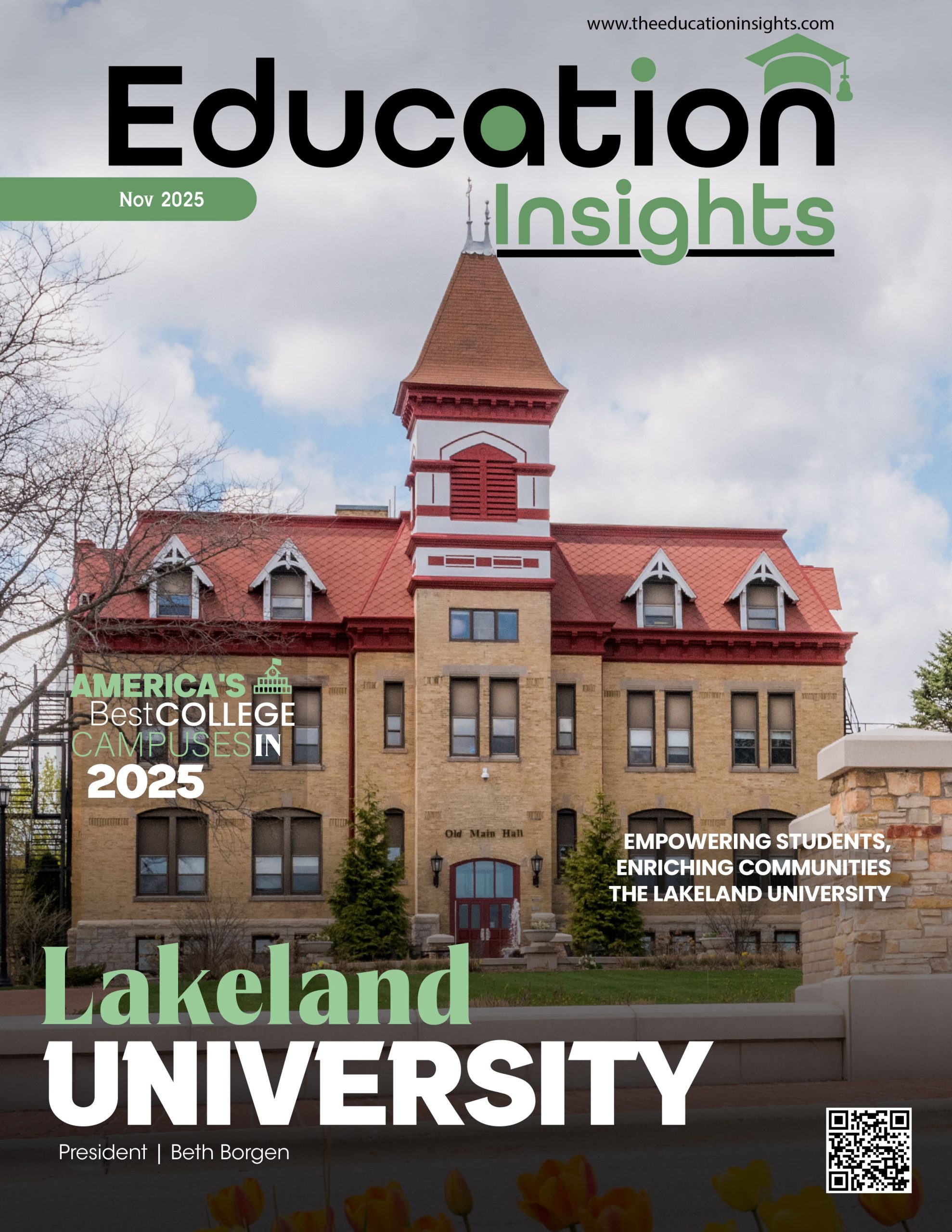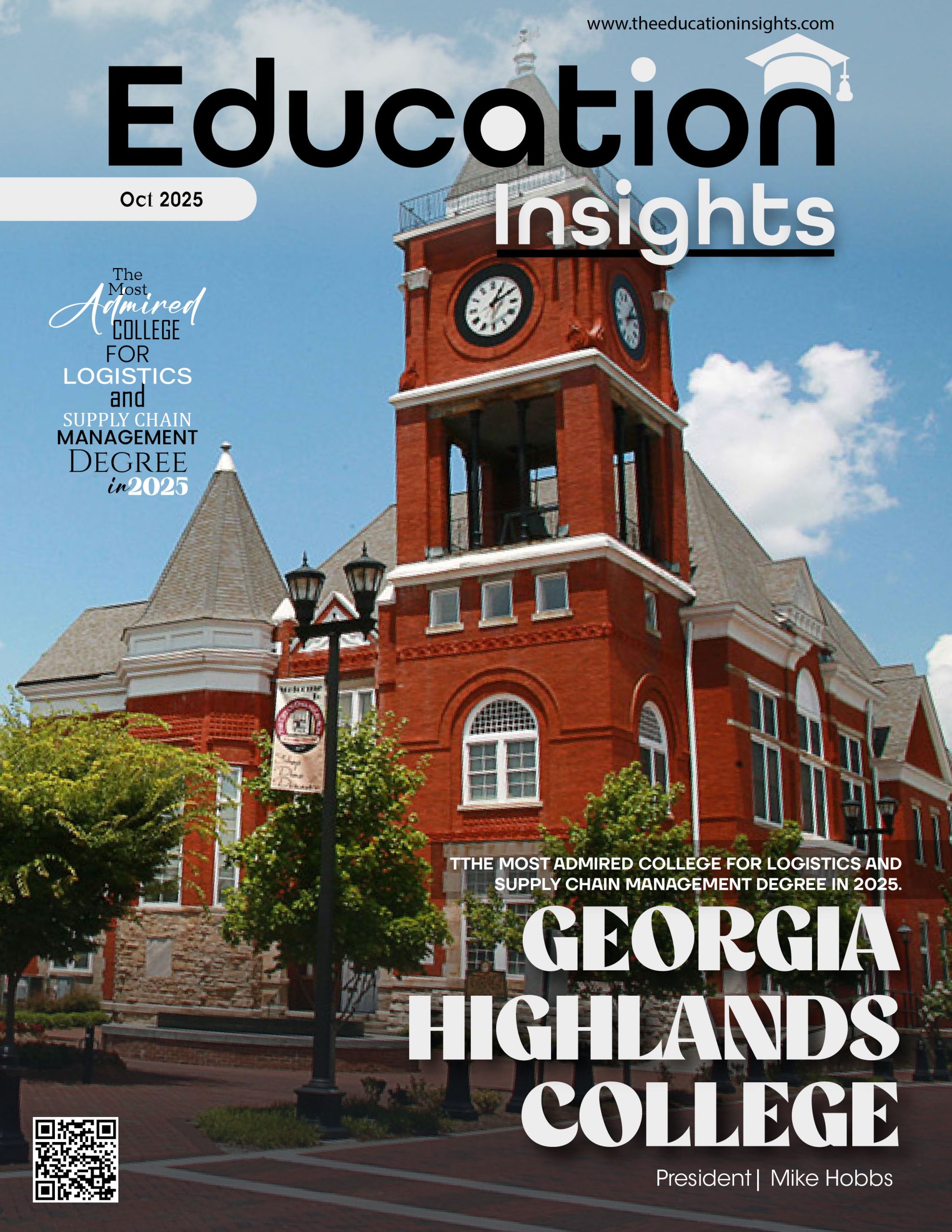Encouraging diversity within the classroom is crucial for establishing an inclusive, respectful, and equitable educational atmosphere. Acknowledging the diverse backgrounds, experiences, and viewpoints of students not only enhances the learning experience but also equips students to succeed in a multicultural society. Below are six effective strategies that educators can adopt to promote diversity in the classroom.
- Create an Inclusive Curriculum
A varied curriculum showcases a multitude of cultures, viewpoints, and historical narratives. Educators ought to integrate literature, illustrations, and case studies from various cultures and identities. Incorporating perspectives from marginalized communities allows students to recognize themselves in the content and fosters an appreciation for the experiences of others.
- Celebrate Cultural Differences
Acknowledging and honoring cultural holidays, traditions, and languages fosters a sense of worth among students. Classroom initiatives such as cultural presentations, international days, or multicultural projects enable students to showcase their heritage and gain insights into others. These experiences cultivate empathy and diminish cultural misconceptions.
- Establish Ground Rules for Respectful Dialogue
Promote open and respectful discussions regarding differences. Establish clear behavioral expectations and cultivate a safe environment where students can comfortably express their thoughts. Instructing on active listening and empathy aids in preventing discrimination and nurtures a supportive classroom environment.
- Differentiate Instruction
Acknowledging that students have various learning styles is essential for fair teaching practices. Employ a range of instructional strategies, including visual, auditory, kinesthetic, and cooperative methods, to accommodate the diverse learning preferences and requirements of students. Supply resources at multiple reading levels and present alternative options for students to showcase their comprehension.
- Address Bias and Stereotypes
Educators ought to take the initiative in identifying and confronting stereotypes or biased remarks. Integrating instruction on media literacy, prejudice, and equity enables students to critically assess assumptions. Promoting self-reflection further aids in fostering inclusive attitudes.
- Foster Inclusive Classroom Relationships
Positive relationships between teachers and students, as well as among peers, are essential for fostering inclusion. It is important to understand students on an individual level and to demonstrate a sincere interest in their backgrounds and experiences. Engaging in group activities and cooperative learning can further facilitate the development of connections among diverse student populations.
In summary, fostering diversity within the classroom necessitates deliberate practices that validate each student’s identity and capabilities. By adopting these strategies, teachers can establish educational environments that honor differences, encourage equity, and equip students for success in a multicultural society.










